'Tadoku': Here's What I Learned From Running a Japanese Silent Reading Course
/(Click here to read this article in Japanese 日本語版はこちら)
I’m not a particularly loud person, but some parts of my Japanese classes are quite loud. We sing and dance, talk and play games. We’ve even been asked to keep the noise down before by a group in the next room who were having a meeting (sorry about that!)
But in summer 2018, I ran a very quiet course. Students worked alone, in a comfortable silence.
And I was the teacher, but I mostly sat reading a hand-stapled book, looking up only to check that students were happily entertaining themselves.
This was Tadoku - a reading class with a difference.
Tadoku (多読) is a Japanese method of learning foreign languages by reading easy books. Ta (多) means “a lot” and doku (読) is “reading”, so Tadoku literally means “read-a-lot”. It’s sometimes called “extensive reading”.
In Tadoku you read easy material, slightly below your current study level, and in doing so you learn new words, phrases and structures.
I was quite nervous about starting a Tadoku “class”. What would I do in class while students are reading? Just sit there? My students could just read at home, couldn't they? Who’s going to enrol in a silent reading class?
I did some research, and ordered a set of Tadoku graded readers from NPO Tadoku Supporters, a Tokyo-based organisation that promotes the practice of Tadoku around the world.
I also got this book: 日本語教師のための多読授業入門 nihongo kyoushi no tame no tadoku jugyou nyuumon (“An Introduction to Tadoku Instruction for Teachers of Japanese”)*, which had useful case studies and practical advice.
Several members of NPO Tadoku Supporters got in touch from Japan to wish us luck and to offer their support. That was hugely encouraging.
We were in The Argus too (Brighton and Hove’s newspaper)! Now I was starting to get really nervous…
When the Tadoku graded readers arrived, they seemed a good level. But to be honest, I was still a bit concerned that they might be boring. Would my adult students really want to read The Three Little Pigs in Japanese? So I started reading them myself. And to my surprise, it was a lot of fun.
Tadoku readers have pictures, so if you don't understand something you can look at the picture and guess. If you still don’t understand, you can try to guess by context. Or you can just keep reading.
One thing you are not allowed to do in Tadoku is to use your dictionary. I pushed this rule a bit further in our class, to include: you cannot ask your teacher what a word means either!
Using a dictionary (or asking your teacher) slows you down and interrupts your flow. This makes the reading experience less fun, which discourages you. Instead of using the dictionary, in Tadoku you are encouraged to skip over words and phrases you don't know.
If you just keep reading, you may eventually work out what the word means. But – and this is the interesting bit – if you never work it out, that’s fine too. Just keep going, and reading Japanese will get easier.
I started learning Japanese in 2007, but it was 2012 before I read a whole book in Japanese. Imagine how many easy books I could have read in those five years, if only I’d known they existed!
Some of my Tadoku students had only been learning Japanese for a year, and within a few weeks on the course they’d already read several books. I think that’s an amazing achievement.
Of course, these are easy books, level-appropriate and short. That’s why they were able to read them quickly and easily.
The four golden rules of Tadoku (from NPO Tadoku Supporters) are:
Four Golden Rules
1. Start from scratch.
Read easy books you can enjoy without translating. That way, you will understand better and so you will read more.2. Don’t use your dictionary
Don’t use your dictionary when you come across words you don’t know. Guess the meaning from the pictures and/or the story.3. Skip over difficult words, phrases and passages.
If guessing doesn’t work, skip over that word, phrase or passage and go on reading. You can often enjoy the book without understanding every small detail.4. When the going gets tough, quit the book and pick up another.
The going gets tough when the book is not suitable for your level or your interest. Simply throw the book away and start reading something else.
I was a bit nervous that my students wouldn't follow the rules. I thought they would want to use their dictionaries, or would feel compelled to finish books they weren’t interested in. I wanted to create a comfortable, relaxed environment, but I worried that if it was too relaxed, students might sit and chat, rather than read the books.
But of course they followed the rules! They’d signed up for this, after all.
‘No dictionaries’ was probably the hardest part. One student confessed to “cheating “ by looking up an unfamiliar kanji she was encountering for the first time. “If you’d kept going, you might have guessed it from context,” I argued. (Also, 臼 [mortar!] isn’t a particularly common kanji, so arguably looking it up isn’t a great use of time when you could be reading the rest of the book instead).
My students read so fast, after the first session I realise I needed to order more books.
I think my students gained a lot from practicing Tadoku for six weeks. And as their teacher, I learned a lot too.
I realised that a lot of the time, the materials I ask my students to read are not very interesting. I try to pick out the most interesting stories from Japanese textbooks, and when I have time, I sometimes write little stories, to make content relevant or funny (or preferably both!)
But generally speaking, textbook reading exercises are quite boring. Doing Tadoku showed me that easy reading materials can be funny and interesting too.
This story about the prince of ramen (right) was a popular book
I also saw, in a new light, the extent to which my adult students are really good self-guided learners. I thought I might have to help them choose which books to read, or guide them as to which level to pick. No one needed my help with this.
Actually, I just had fun reading easy books and deflecting occasional questions:
Student: “What does this word mean?”
Me: “Hmm…what do you think?”
Student: “Oh yeah…rule 2, sorry”
In the middle of the course, we had a week off and I went to Portugal. I lay on the beach and read a Japanese book (コンビニ人間 kombini ningen, Convenience Store Woman) without using my dictionary. I raced through it, enjoying the book for what it is.
So Tadoku was pretty revolutionary for me, too, as well as my students.
I wish I’d known about Tadoku in 2007…I could have read some fun books in those first five years!
Thoughts for next year:
Students could write short book reviews in the back of each book? Like this:
Photo: Japan Foundation
Could we listen to music while reading?
Maybe we should do Tadoku for more than six weeks of the year…?
Links:
Links with an asterisk* are affiliate links, which means I may earn a small commission, at no extra cost to you, when you click through and buy the book. Thanks for your support!
NPO Tadoku Supporters (English page) → https://tadoku.org/en/vision
Buy Tadoku Books online (English/Japanese page) → https://tadoku.org/japanese/to-order
KC Clip - download free Tadoku books (Japanese page) → http://jfkc.jp/clip/yomyom/index.html
Step Up Japanese in The Argus! Japanese Language School is Running a New Course in Brighton (English)→ https://www.theargus.co.uk/news/16361201.japanese-language-school-is-running-a-new-course-in-brighton
日本語教師のための多読授業入門 An Introduction to Tadoku Instruction for Teachers of Japanese (Japanese book) → https://amzn.to/2T5AAkY*
コンビニ人間 Convenience Store Woman (Japanese book)→ https://amzn.to/2CFJjDA*


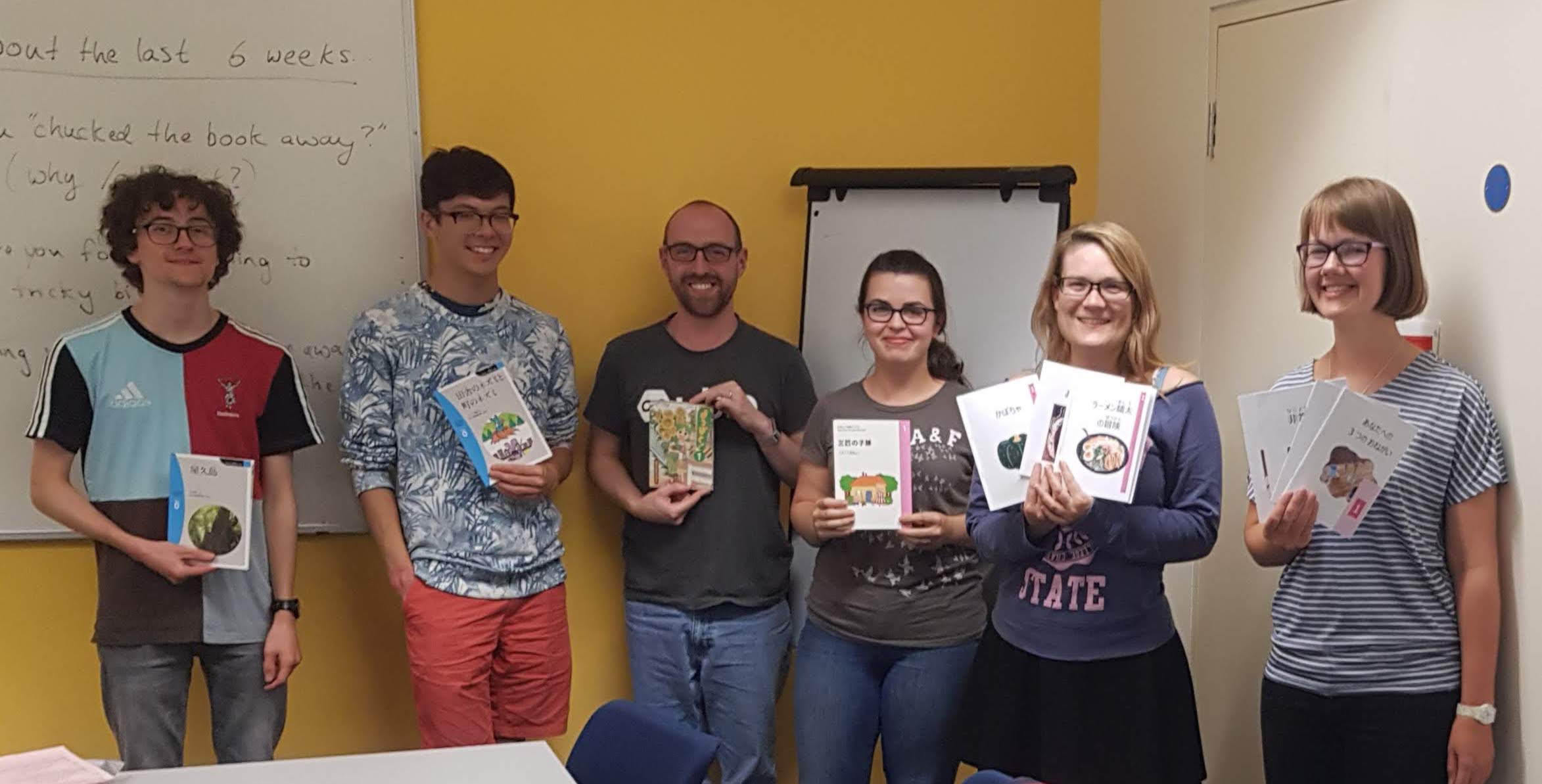
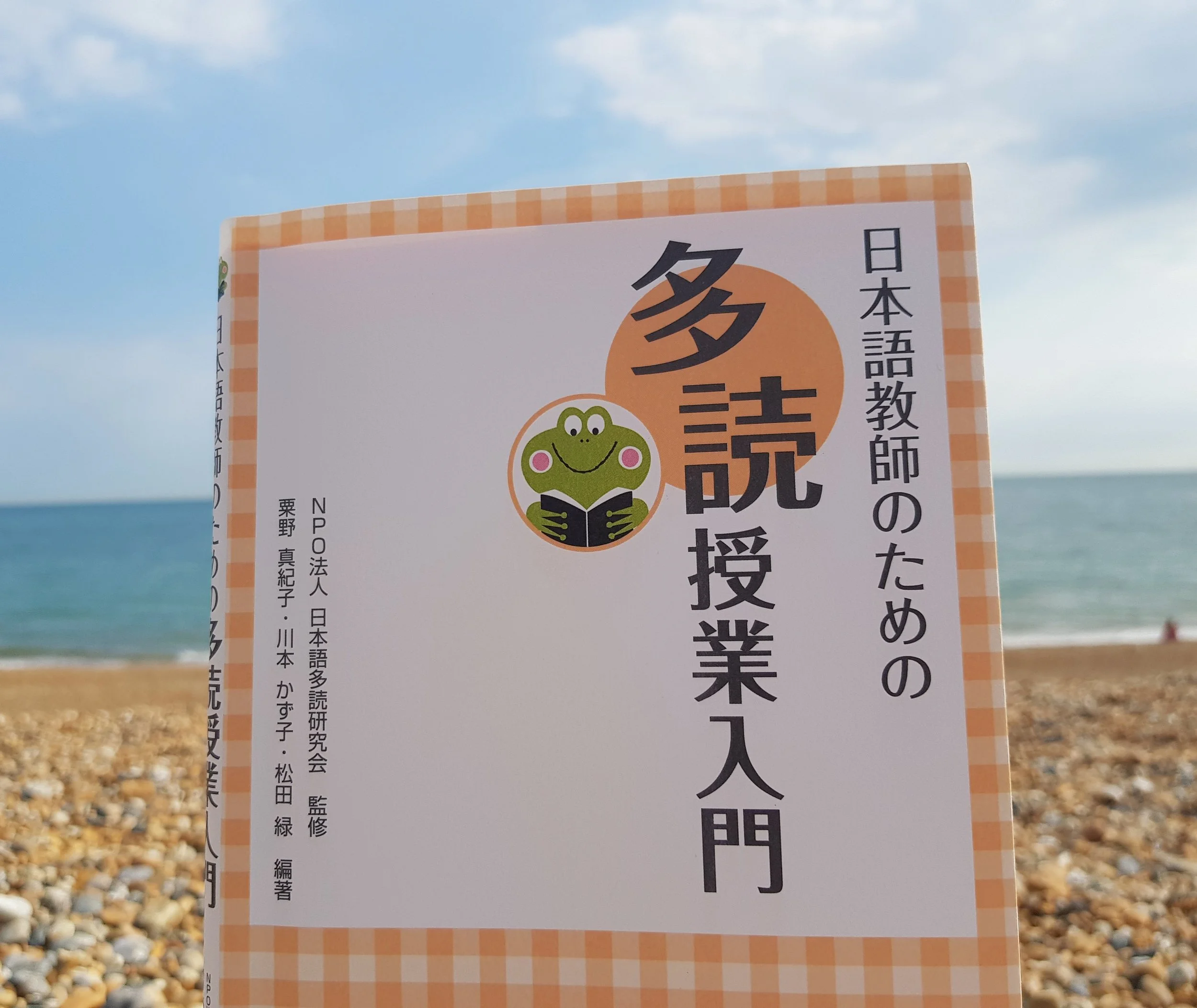
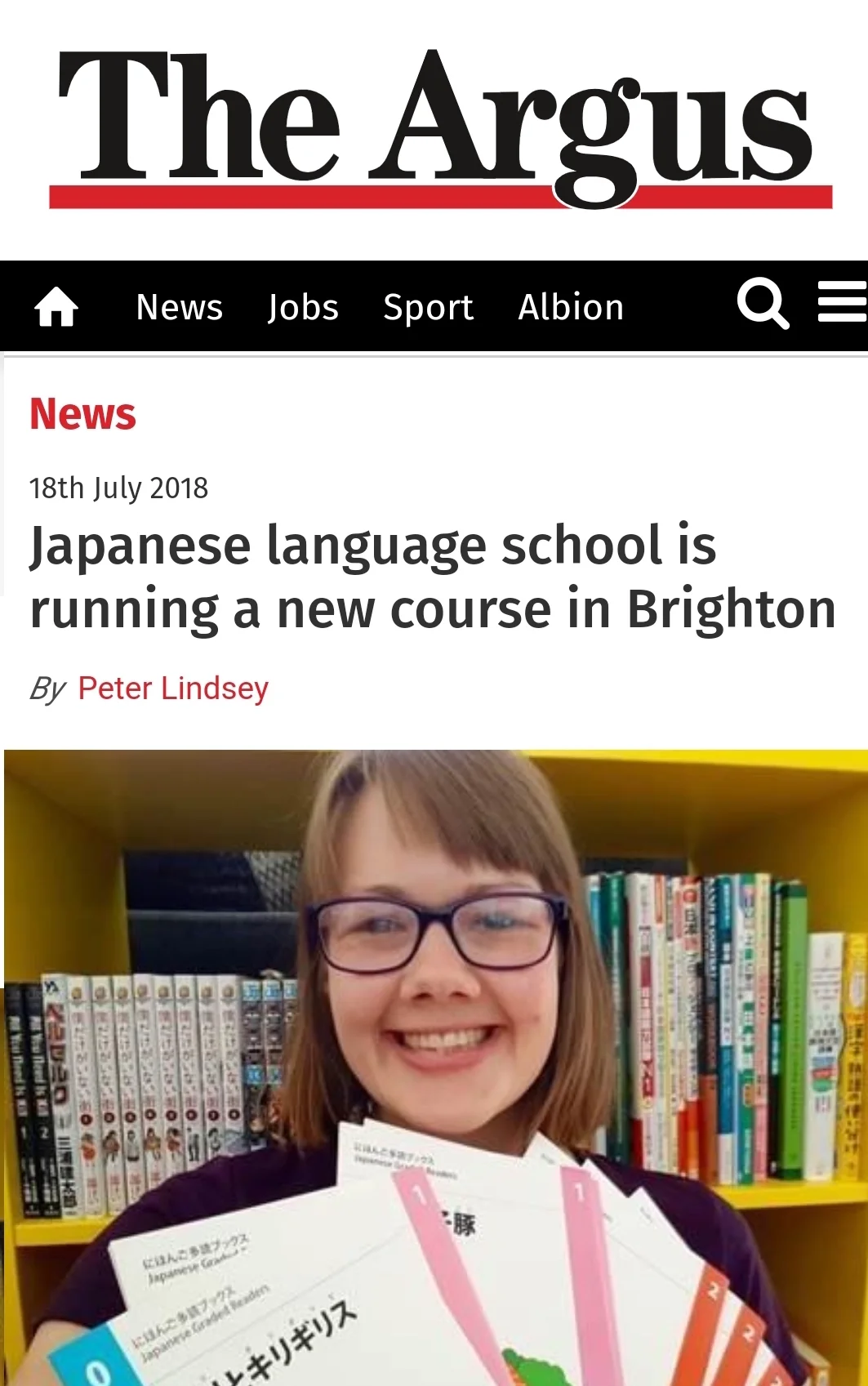

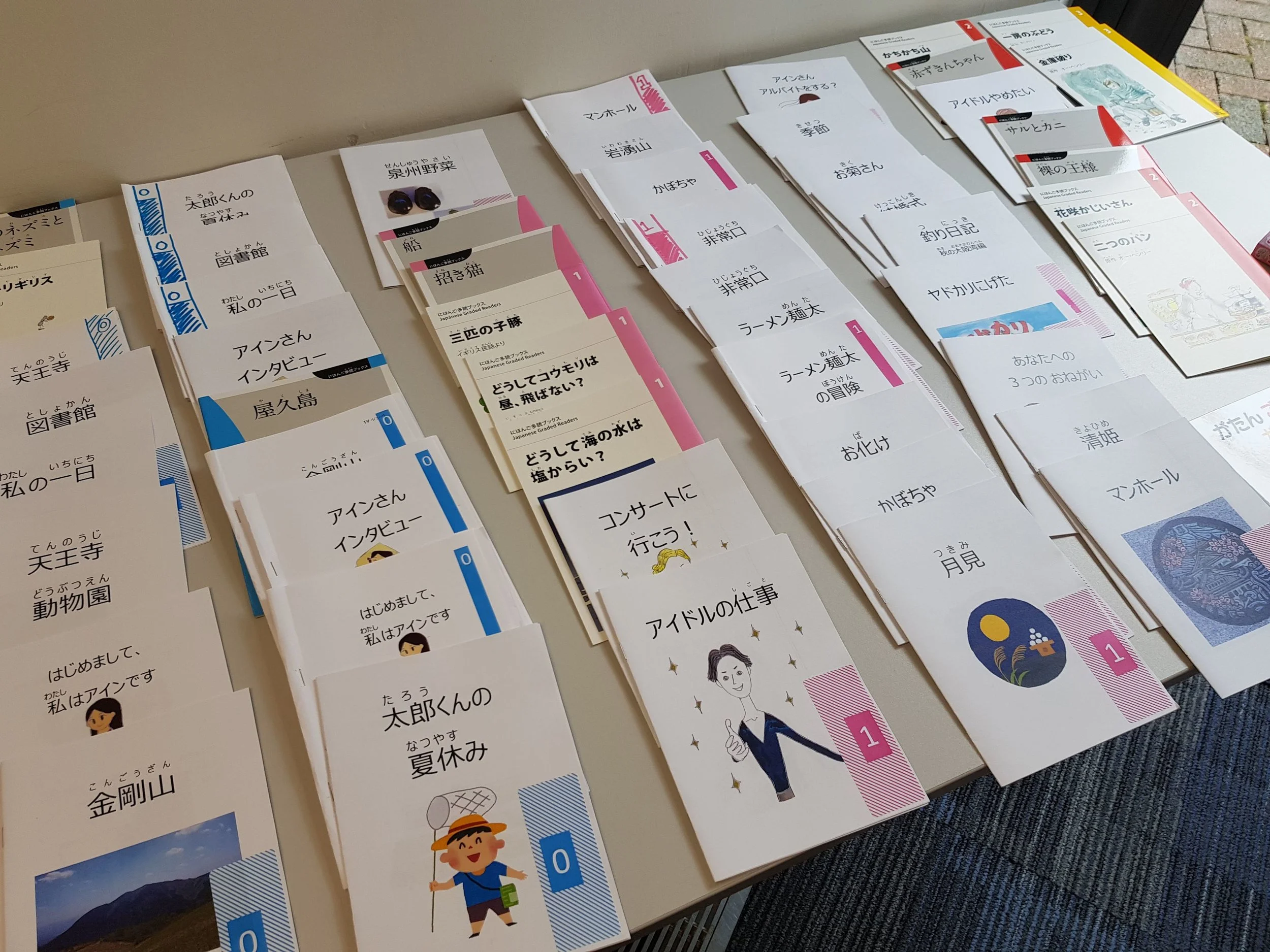



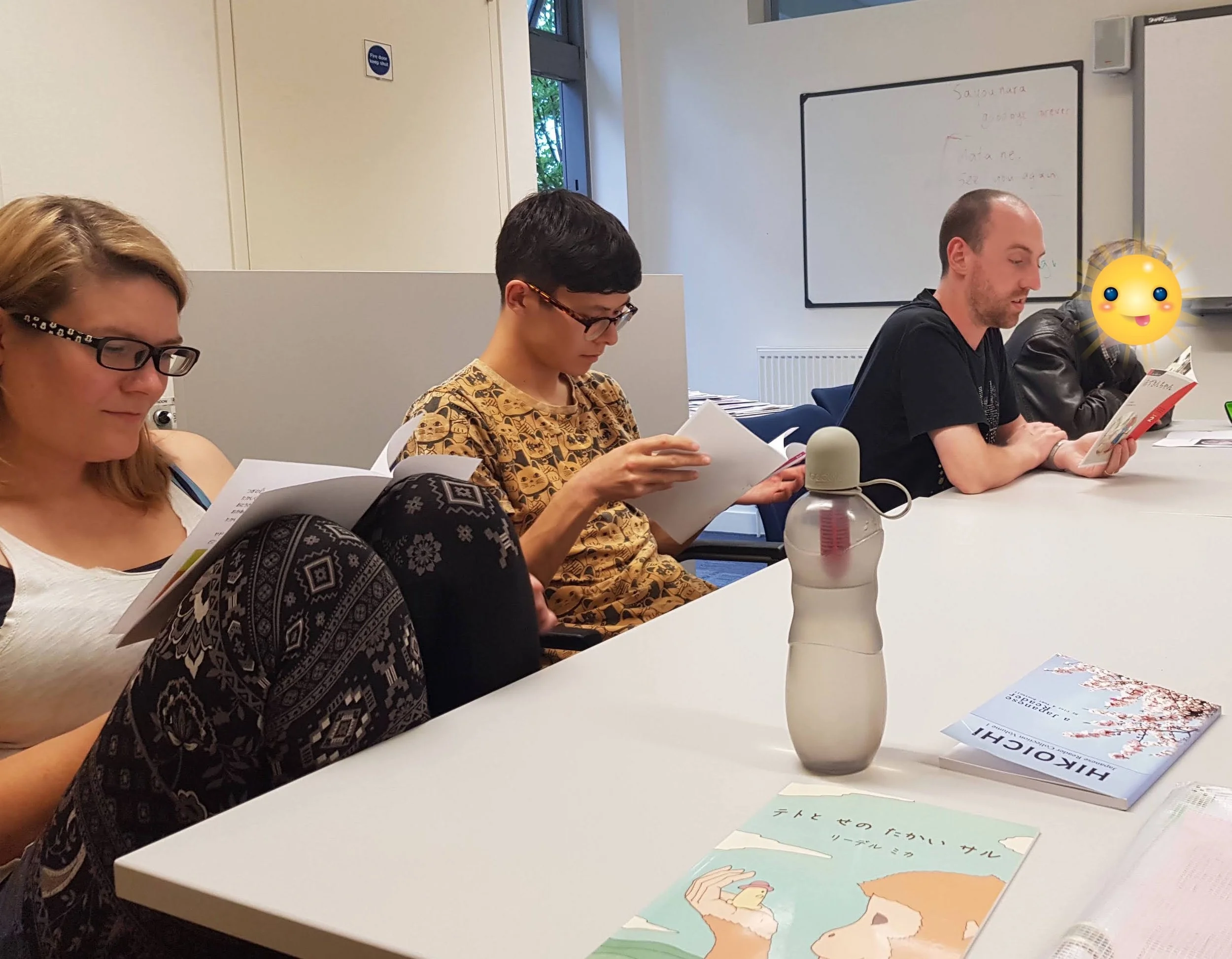




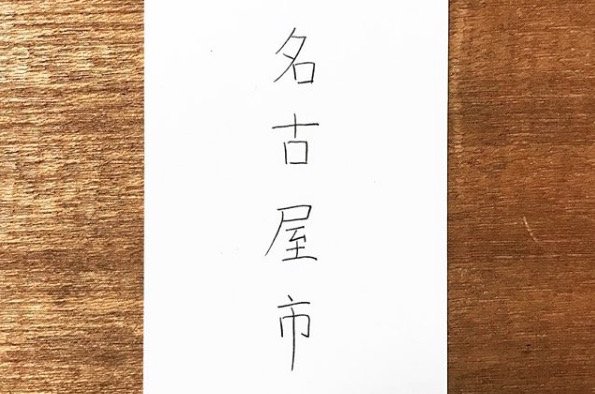

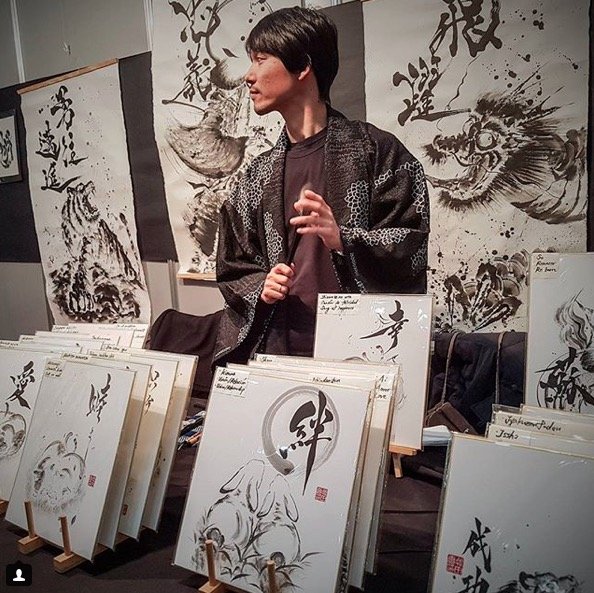
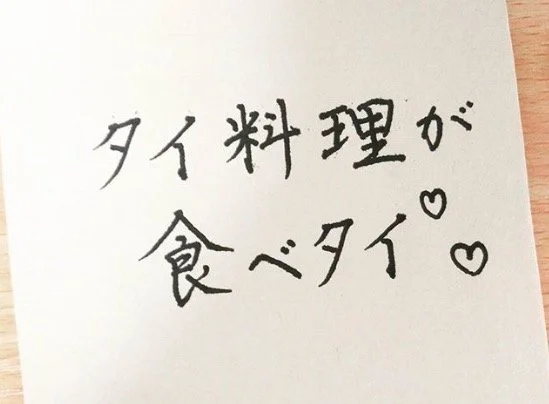







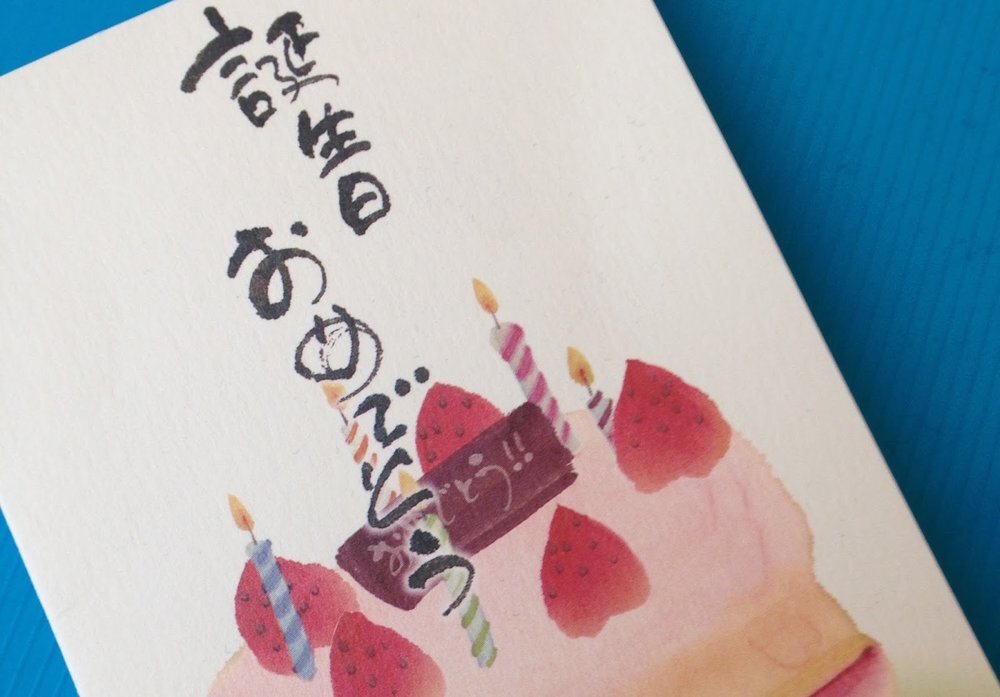














Like many people in the UK, I studied French in school. I liked French. I thought it was really fun to speak another language, to talk with people, and to try and listen to what was going on in a new country. (Still do!)
When I was 14 we went on a school exchange to the city of Reims, in northeastern France. I was paired with a boy, which I’m sure some 14-year-olds would find very exciting but which I found unbearably awkward. He was very sweet and we completely ignored each other.
That was nearly 20 years ago, and I didn’t learn or use any more French until, at some point in lockdown, I decided on a whim to take some one-to-one lessons with online teachers. Here are some things I learned about French, about language learning, and about myself.